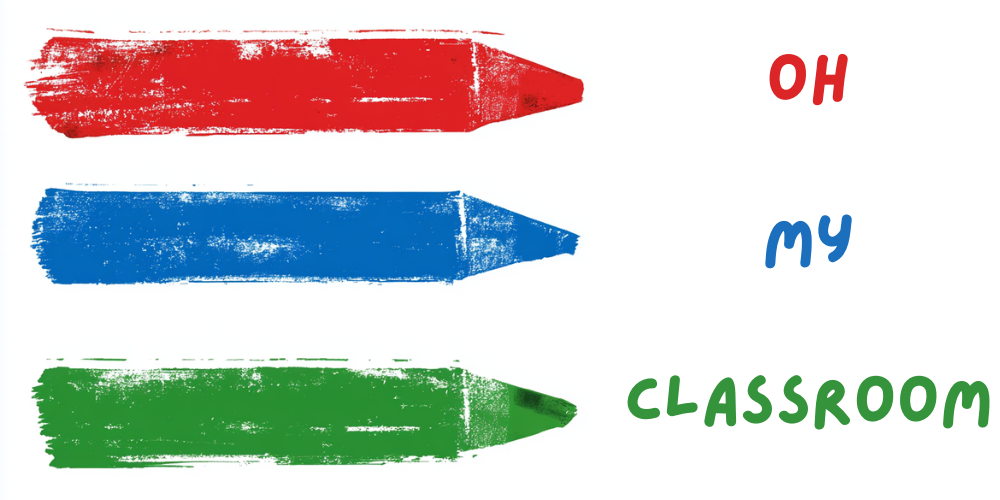Introducing preschoolers to the concept of germs and their activities is a crucial step in fostering an understanding of hygiene and health.
Teaching preschoolers about germs involves explaining how they spread, the importance of cleanliness, and simple habits to keep them at bay.
So without further ado, let’s get into it.
“Germ Relay Race”:

Divide children into two teams and set up two stations – one with a bucket of soapy water and another with a towel. At the start of the race, the first child from each team runs to the bucket and washes their hands for 20 seconds before drying them off with a towel. They then tag the next person on their team, who repeats the process. The first team to complete the relay race wins.
“Germ Experiment”:

Fill a spray bottle with water and a few drops of food coloring to represent germs. Ask one child to stand in the middle of the room and spray them with the colored water. Then, have the child touch different surfaces in the room, such as a doorknob or a table. The other children can then observe how the colored water spreads and sticks to the surfaces, representing the spread of germs.
“Germ Art”:
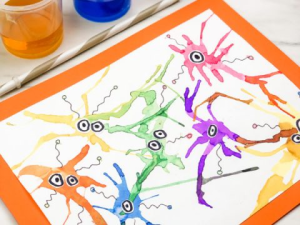
Provide each child with a white paper plate and a variety of different colored paints. Ask them to dip their hands into the paint and then make handprints on the paper plate. Then, use a black marker to draw the outline of a germ around the handprint.
“Germ Bingo”:
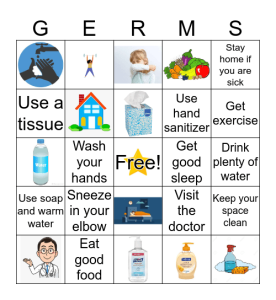
Create bingo cards with different pictures of items such as soap, tissues, and hand sanitizer. Call out different hygiene items and ask children to mark off the corresponding picture on their bingo cards. The first person to get a complete line on their card wins.
“Germ-Filled Water Experiment”:

Fill two cups with water – one with clean water and the other with water containing dirt or sand to represent germs. Ask children to dip their fingers into each cup and observe the differences between the two.
“Hand Washing Song”:

Create a catchy song or use an existing one to teach children the proper hand-washing technique. Have children sing the song while washing their hands, emphasizing each step of the process. This activity helps children remember the proper hand-washing technique and makes it fun and enjoyable.
“Germ Scavenger Hunt”:

Provide children with a list of items to find and have them search for the hidden germs. As they find each item, discuss how germs can spread and the importance of hygiene.
“Germ-free Hands”:

Provide children with a piece of white paper and a stamp pad. Ask them to stamp their hands onto the paper with the ink. Then, have them wash their hands with soap and water and repeat the process. Compare the two hand prints and discuss how washing hands can remove germs and keep hands clean.
“Germs in a Jar”:

Fill a jar with water and a few drops of food coloring to represent germs. Add a small amount of soap to the jar and shake it vigorously. Discuss how the soap breaks up the germs and makes them less harmful. This activity helps children understand the role of soap in hand washing and reinforces the importance of using soap when washing hands.
“Germ Barrier Experiment”:

Provide children with two slices of bread and two ziplock bags. Ask them to touch one slice of bread with dirty hands and the other with clean hands. Then, place each slice of bread in a separate bag and seal them. Observe the bread over the next few days and discuss the differences between the two.
“Germ Sorting Game”:

Provide children with a variety of objects, some clean and some dirty, and ask them to sort them into two piles – “germ-free” and “germ-covered.” Discuss how germs can spread and the importance of keeping objects and surfaces clean.
“Germ Monster Craft”:

Provide children with paper plates, googly eyes, and colored paper. Ask them to decorate the paper plate to create a “germ monster.” Discuss how germs can make people sick and reinforce the importance of hand washing and hygiene.
“Germ Magnet Experiment”:

Fill a bowl with water and sprinkle black pepper on top to represent germs. Dip a magnet into dish soap and then into the bowl. Observe how the pepper moves away from the magnet, representing how soap can remove germs.
“Germ-Free Zone”:
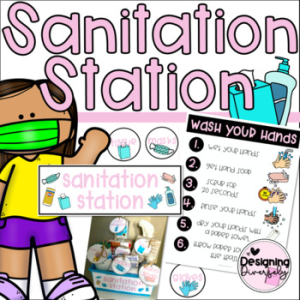
Designate an area of the classroom or play area as a “germ-free zone.” Provide children with hand sanitizer or wipes to use before entering the zone. Discuss the importance of keeping the area clean and germ-free.
“Germ-Infested Hands”:

Provide children with a piece of white paper and a few drops of green paint. Ask them to make handprints on the paper to represent “germ-infested hands.” Then, provide them with wipes or hand sanitizer and ask them to clean their hands. Observe the difference between the “germ-infested” and “clean” handprints.
“Germ Transmission Relay Race”:

Divide children into teams and provide each team with a ball or object to represent germs. Ask them to pass the ball from one person to another, without using their hands. Instead, they can use elbows, feet, or any other body part.
“Germ-Fighting Superhero Masks”:
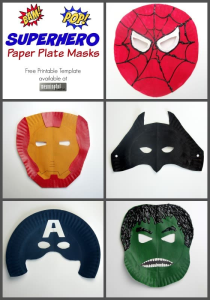
Provide children with paper plates, colored paper, and markers. Ask them to decorate the paper plate to create a “germ-fighting superhero mask.” Discuss how hand washing, using hand sanitizer, and covering coughs and sneezes can help fight germs and keep us healthy.
“Germ-Free Book”:

Provide children with a blank book or journal and ask them to draw pictures or write stories about being germ-free.
“Germ-Free Snacks”:

Provide children with a variety of snack options and ask them to choose which ones are germ-free. Discuss the importance of washing hands before eating and the ways we can keep our food and snacks free from germs.
“Germ-Detective Science Experiment”:
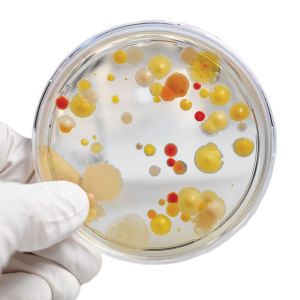
Provide children with a variety of materials such as cotton swabs, petri dishes, and a magnifying glass. Ask them to collect samples from different surfaces in the classroom or play area and examine them under the magnifying glass.
